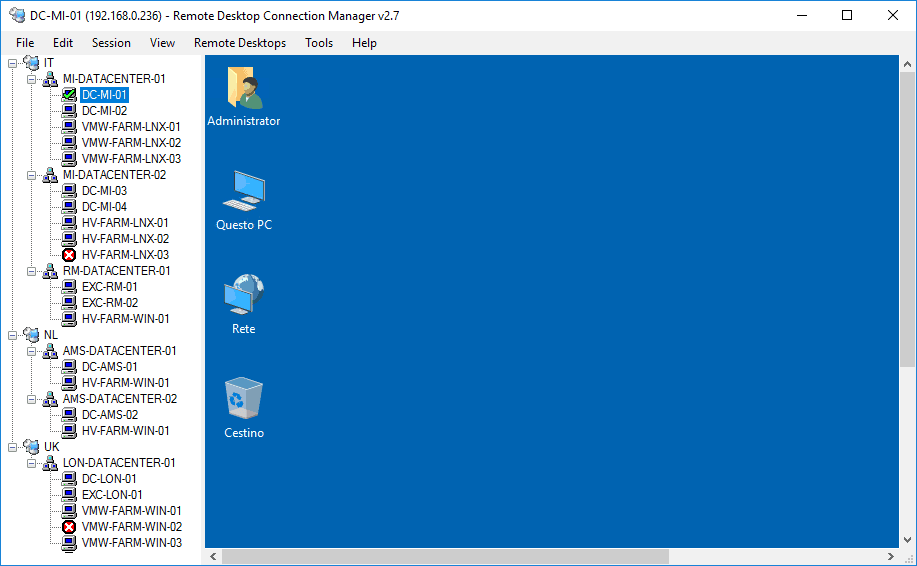

Open an Elevated Command Prompt by Right-Clicking on Command Prompt and select Run as Administrator.

Save the file to “C:\Downloads” and name it: Install-RDCMan.ps1.$Shortcut = $WScriptShell.CreateShortcut($ShortcutFile) $WScriptShell = New-Object -ComObject WScript.Shell $ShortcutFile = "$env:ALLUSERSPROFILE\Microsoft\Windows\Start Menu\Programs\Remote Desktop Connection Manager.lnk" $TargetFile = "$env:ProgramFiles\Sysinternals\RDCMan.exe" Open Notepad or your favorite text editorĮxpand-Archive -Path '.\RDCMan.zip' -DestinationPath 'C:\Program Files\Sysinternals' -Force.Download & Copy the RDCMan.zip to a folder created at (C:\Downloads).How to Install Remote Desktop Connection Manager (RDCMan) Silently Remote Desktop Connection Manager (RDCMan) Silent Install Installation is a breeze you just double-click it and then click Next a couple of times. This TechRepublic gallery is also available as a Servers and Storage blog post. I also included a link to RDCMan 7 for Windows Vista below. Note: My default is Windows 7, but if you intend to use RDCMan with Windows XP, you may need to install version 6 or higher of the Remote Desktop Connection client software. Here are configuration tips for getting the most out of RDCMan.

RDCMan aggregates Windows server remote desktop connections so administrators can connect to server with a point and a click rather than hunting around for a connection. Microsoft’s Remote Desktop Connection Manager (RDCMan) makes our administrative task of keeping track of remote desktop connections much easier. For example, is it the server named SQL04 or is it the server named SQL08 that houses the SharePoint database? As you move into larger environments, it gets even worse as the number of servers grows exponentially. It can be a challenge to keep track of our 15 physical servers and our 40 – 45 virtual servers, particularly when it comes to connecting to multiple servers that house related servers. In our small IT shop, my staff and I wear many hats, and we all have varying needs to jump on different servers to accomplish a necessary task. There are days when I look down at my taskbar and see way too many open connections to servers and I can’t remember what’s what.


 0 kommentar(er)
0 kommentar(er)
